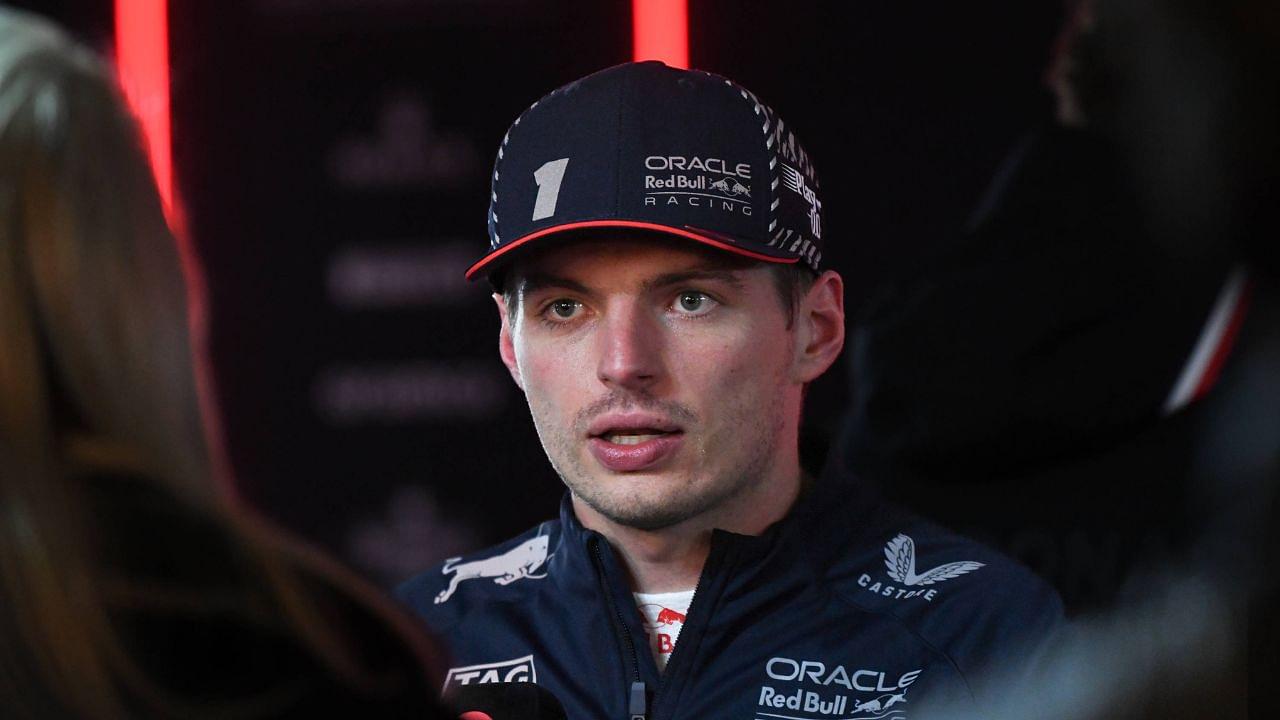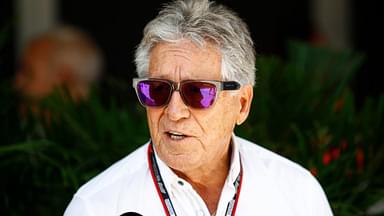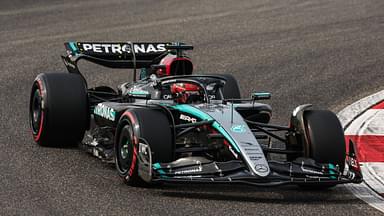Contrary to what meets the eye, the day-to-day life of an F1 driver is as stressful as any other job. The job is not only risky but is also packed with adrenaline, which adds to the toll it takes on one. Given the same, the drivers and their teams take various measures to ensure the stress doesn’t become too overwhelming. But is smoking marijuana one of them?
The World Anti-Doping Agency (WADA) lists marijuana under its prohibited items list. If an athlete has an approved Therapeutic Use Exemption, they are allowed to use the substances under strict supervision. Otherwise, the use of any prohibited substance leads to the violation of the anti-doping rule. The FIA ensures all motorsports strictly follow the rules.
Known for its medicinal effects, the use of Cannabis as a stress reliever is common practice among the masses, but the same doesn’t apply to racing drivers.
Some people consider marijuana as a performance enhancer. Upon use of the substance, some users reported increased focus and reduced anxiety, aiding them in performing well in various tasks. Meanwhile, certain users reported otherwise. A heightened sensory perception led to interference in the user’s focus.
In some cases, giggling or euphoria led to major distractions. There were also incidents where users reported nausea, sleeping, and memory loss – all of which could lead to potentially fatal results for an F1 driver.
Do F1 Drivers undergo drug testing?
Back in 2002, Czech Republic’s first-ever F1 driver Tomas Enge tested positive for the use of Cannabis and was stripped of the Formula 3000 championship after failing a second drug test in the same year. Ever since, the FIA has become much more stringent with its drug testing and drop by at a driver’s house unannounced, ready to conduct the test.
For most drivers, the visit is an unpleasant one as it generally happens in the early hours of the morning when most of them are sound asleep. During his days with Toro Rosso, Daniel Ricciardo became a victim of the same as the authorities woke him up early in the morning for a surprise urine test.
Talking about the same, Fox Sports quoted Ricciardo as he said, “All of a sudden, pissing in your own home becomes difficult, with someone staring over your shoulder.”
Nico Rosberg was also subject to an early morning test where his girlfriend took the call from the authorities. The former world champion claimed the authorities were lucky to conduct the test as his girlfriend did not like waking up early on a holiday.
How does CBD benefit F1 Drivers?
Following Enge’s disqualification from F1, the world of autosports evolved its attitude towards the use of Cannabinoids (CBD). While Tetrahydrocannabinol (THC) remains on WADA’s list of banned substances, CBD now stands in a legal category. The primary reason behind this is that while CBD has no psychoactive chemical and has medicinal use, THC is the exact opposite of it.
Essential oils, balms, and similar stuff make up the CBD list, which helps athletes reduce stress, anxiety, and pains such as those in the joints and muscles. Certain drivers who battle insomnia and severe jet lag also use CBDs to help them sleep better. However, the quality of CBDs is crucial as poor-quality substances can lead to various side effects and addictions that can ruin an athlete’s career.
Why have there been no doping scandals in Formula 1?
Away from the Enge incident, there have rarely been any doping scandals in the world of motorsports, especially in F1. Most of it stems from FIA’s strict policies in line with WADA’s anti-doping rule and their regular testing of the drivers. The rest of it stems from the drivers’ realization of the prospect of their career in motorsports coming to an immediate and complete stop.
Former FIA medical delegate Dr. Gary Hartstein once revealed all the drivers on the grid were clean because there was no item on the banned list of items that would entice them enough to break the rules of the sport.
However, there once was a time when drivers raced on morphine, amphetamines, and much more. Racing legend Stirling Moss confessed to racing under the influence of drugs, especially when competing in rallies. However, the 1950s icon realizes that today’s rules do not allow the use of such substances.







